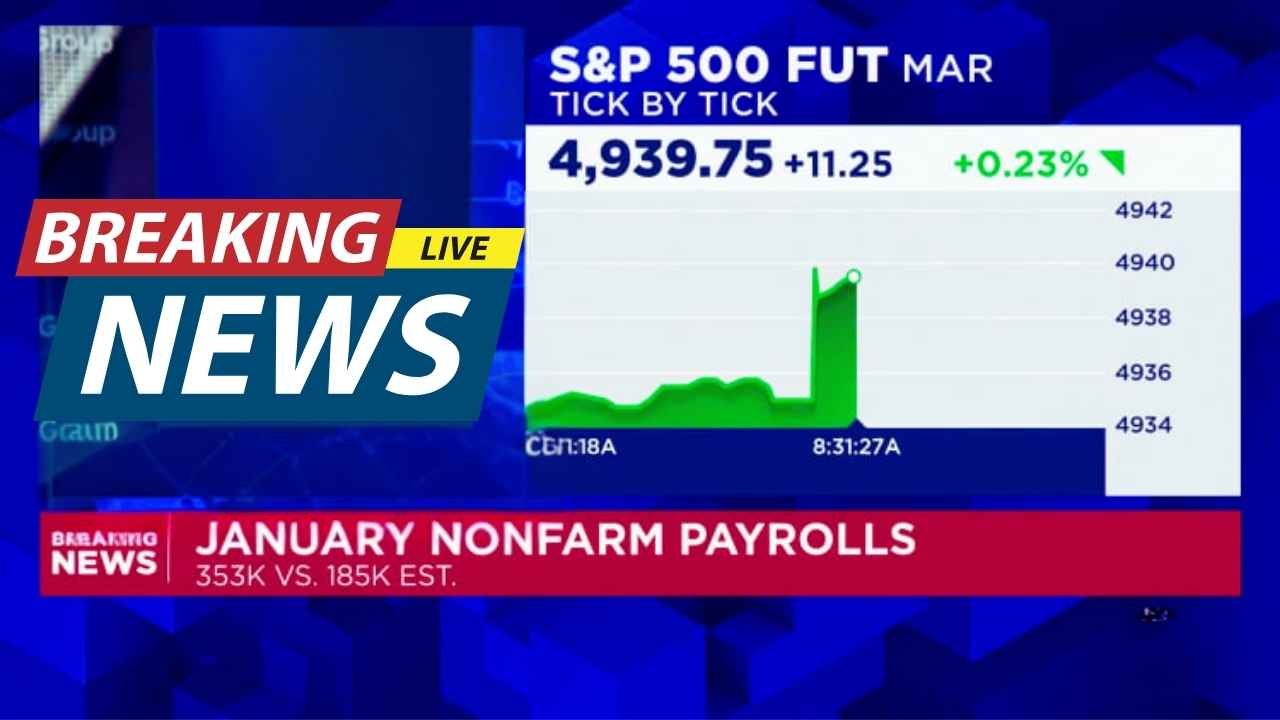The U.S. labor market kicked off 2025 with impressive momentum, as employers added 353,000 jobs in January, according to the latest report from the Bureau of Labor Statistics (BLS). The strong hiring numbers far exceeded economists’ expectations and signaled continued resilience in the economy despite ongoing global uncertainties. The unemployment rate remained unchanged at 3.7%, hovering near historic lows and underscoring the durability of the job market.
Broad-Based Job Gains Across Key Sectors
January’s job growth was widespread, with significant gains in several key sectors. The professional and business services sector led the way, adding 74,000 jobs, followed by healthcare, which saw an increase of 70,000 positions. Retail trade also posted solid gains, with 45,000 new jobs, while the construction sector added 35,000 roles, reflecting ongoing demand for infrastructure and housing projects.
The technology sector, which experienced some volatility in recent years, rebounded with 25,000 new jobs, driven by increased investment in artificial intelligence and cloud computing. Meanwhile, the leisure and hospitality industry, a consistent driver of employment growth since the pandemic recovery, added 40,000 jobs, further closing the gap to pre-pandemic employment levels.
Wage Growth Accelerates, Easing Inflation Concerns
In a positive sign for workers, average hourly earnings rose by 0.6% in January, marking a 4.5% increase over the past year. This acceleration in wage growth outpaced inflation, providing American workers with greater purchasing power and helping to alleviate some of the financial pressures caused by rising costs of living.
Economists note that the combination of strong job creation and rising wages is contributing to sustained consumer spending, which accounts for roughly two-thirds of U.S. economic activity. “The labor market continues to be a pillar of strength for the economy,” said Sarah Johnson, chief economist at Economic Analytics Group. “With wages growing at a healthy clip, households are in a better position to weather inflationary pressures.”
Federal Reserve’s Policy Outlook
The robust jobs report is likely to influence the Federal Reserve’s approach to monetary policy in the coming months. While the central bank has signaled its intention to keep interest rates elevated to combat inflation, the strong labor market data may delay any potential rate cuts. “The Fed will be closely watching wage growth and employment trends,” said Mark Thompson, a senior economist at Global Financial Insights. “If the labor market remains this strong, they may hold off on easing monetary policy until later in the year.”
Challenges and Opportunities Ahead
Despite the positive outlook, some challenges remain. Labor force participation rates have yet to fully recover to pre-pandemic levels, and certain industries, such as manufacturing, continue to face hiring difficulties. Additionally, geopolitical tensions and supply chain disruptions pose risks to the broader economy.
However, the overall picture remains optimistic. With job growth consistently exceeding expectations and wages on the rise, the U.S. labor market appears well-positioned to support economic expansion in 2025. As businesses continue to invest and hire, the resilience of the American workforce remains a key driver of the nation’s economic success.




